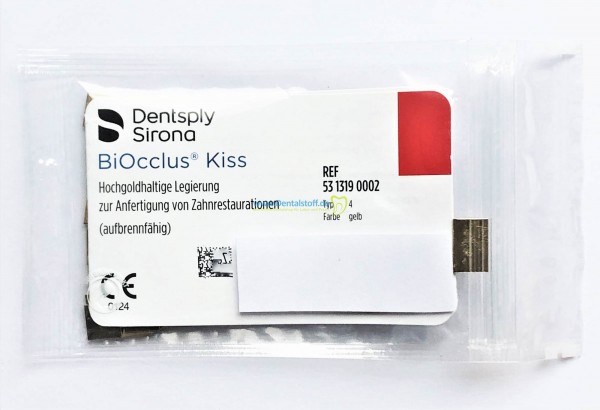

After porcelain firing, similar specimens were examined for the same properties. The cell culture mediums exposed to specimens were analyzed for metal ion release. MTT assays were counted after 3 and 6 days. 3T3 fibroblasts were cultured and exposed indirectly to specimens. Corrosion behaviors were evaluated using electrochemical impedance spectroscopy. Before porcelain firing, as-cast specimens were examined for surface composition using X-ray photoelectron spectroscopy and metallurgical phases using X-ray diffraction. A Be-free alloy and a Be-containing alloy were tested. The aim of this study was to evaluate the effects of a simulated porcelain firing process on the surface, corrosion behavior and cell culture response of two nickel-chromium (Ni-Cr) dental alloys. No significant changes in the alloys' corrosion behavior were observed, however, the significant increase in metal ion release over a month may need to be further investigated for its clinical effects. The PFM firing process changed the alloys' hardness, microstructure, and surface composition. This might be one of the reasons why both alloys had increased Ni and Mo ion release after firing. In addition, there was a slight increase in CrO(x) on the surface of the Be-free alloy and increased Mo-Ni was observed on the surface of both alloys via X-ray photoelectron spectroscopy (XPS) and X-ray diffraction (XRD). However, both alloys exhibited new phases in their microstructure and significant changes in hardness after firing. Neither of the alloys showed any differences in their electrochemical corrosion properties after the PFM firing.


After the PFM firing, the same specimens were again examined for the same properties. Before the PFM firing, specimens from both alloys were examined for their microstructures, hardness, electrochemical corrosion properties, surface composition, and metal ion release. Two types of alloy were tested-a high Cr, Mo alloy without Be and a low Cr, Mo alloy with Be. In this study, the metallurgical, surface, and corrosion properties of two Ni-Cr alloys were examined, before and after PFM firing. The porcelain-fused-to-metal (PFM) process brings the temperature to over 950 degrees C and may change the alloy's corrosion properties. A porcelain veneer is often fired on nickel-chromium casting alloys used in dental restorations for aesthetic purposes.


 0 kommentar(er)
0 kommentar(er)
